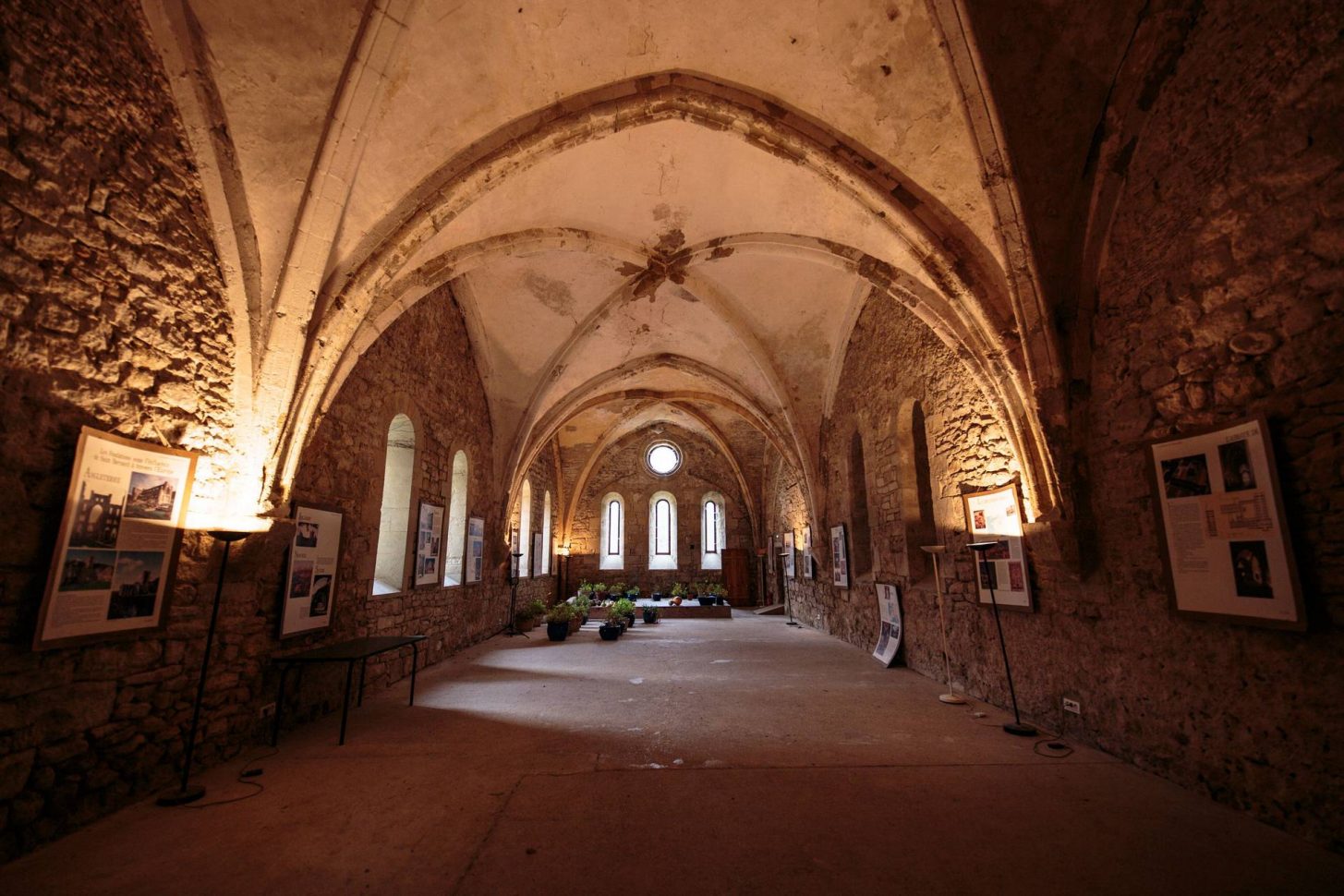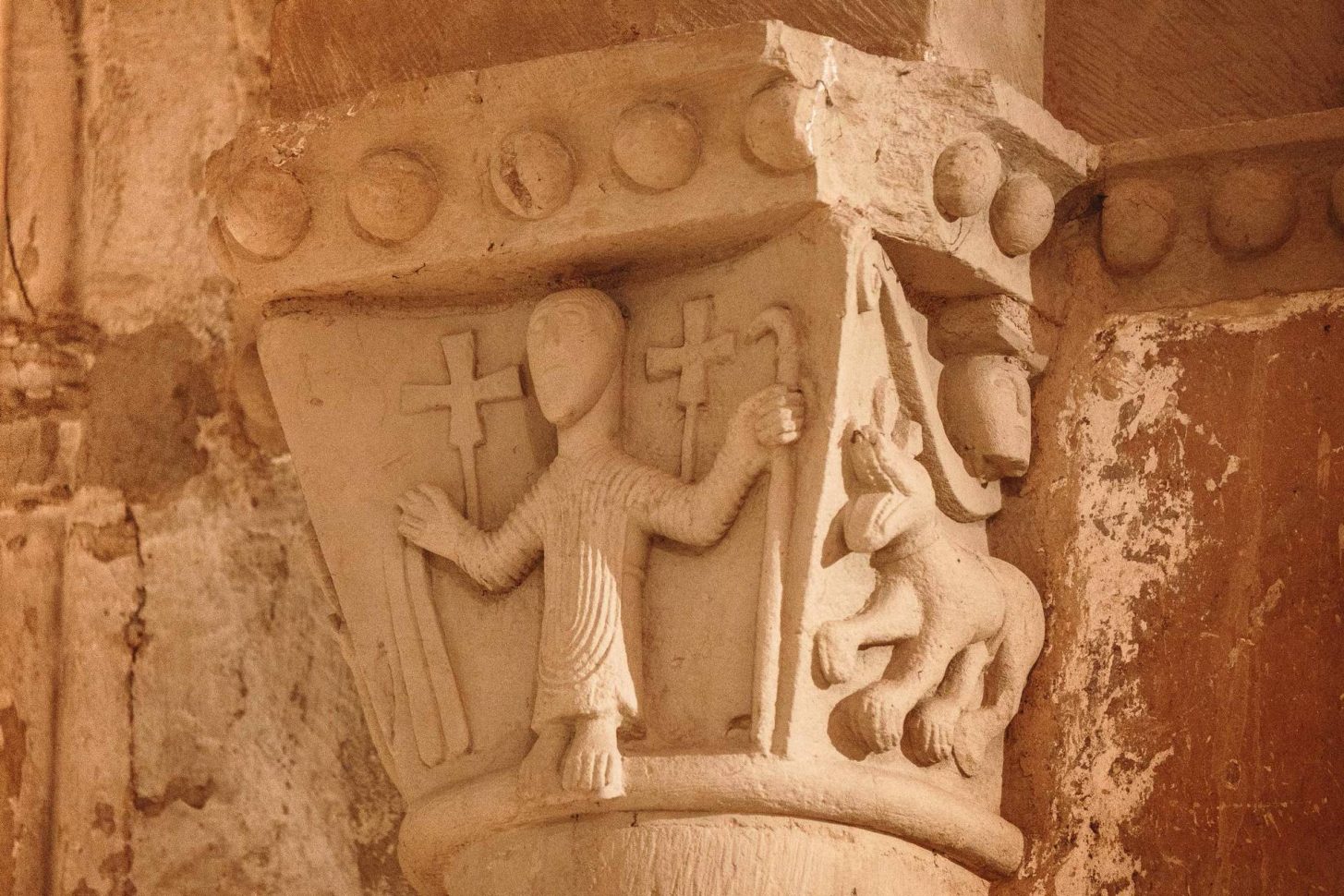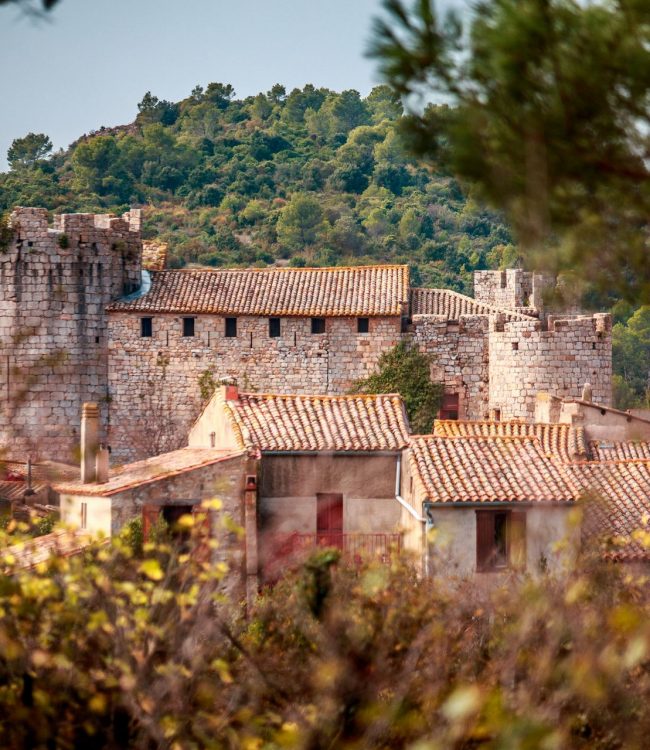Seized by the King, they were transformed into proper military fortresses whose role was to protect the French border from the kingdom of Aragon. In this relentless fight, the abbeys rallied behind the Catholic Church. One by one, the castles fell to the hands of the King’s lords. The Good Men and Good Women had no choice but to flee. The Crusade gave way to the Inquisition. Faced with this tribunal, the Cathar followers had to choose between renouncing their religion or burning at the stake. The Inquisition got the better of Catharism. The last Perfect was burned in 1321 in Villerouge-Termenès, nearly a century after the start of the Crusade.




